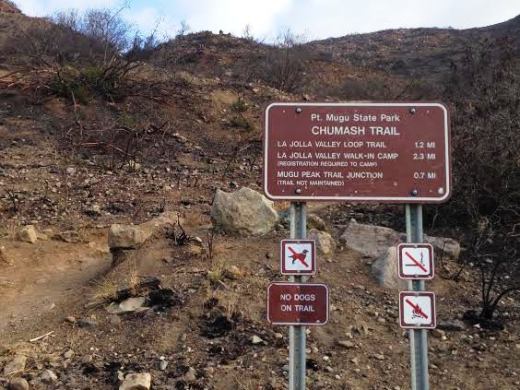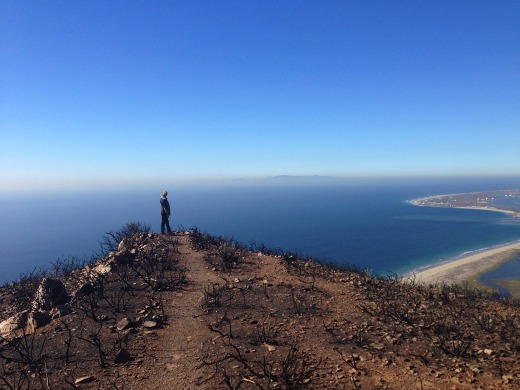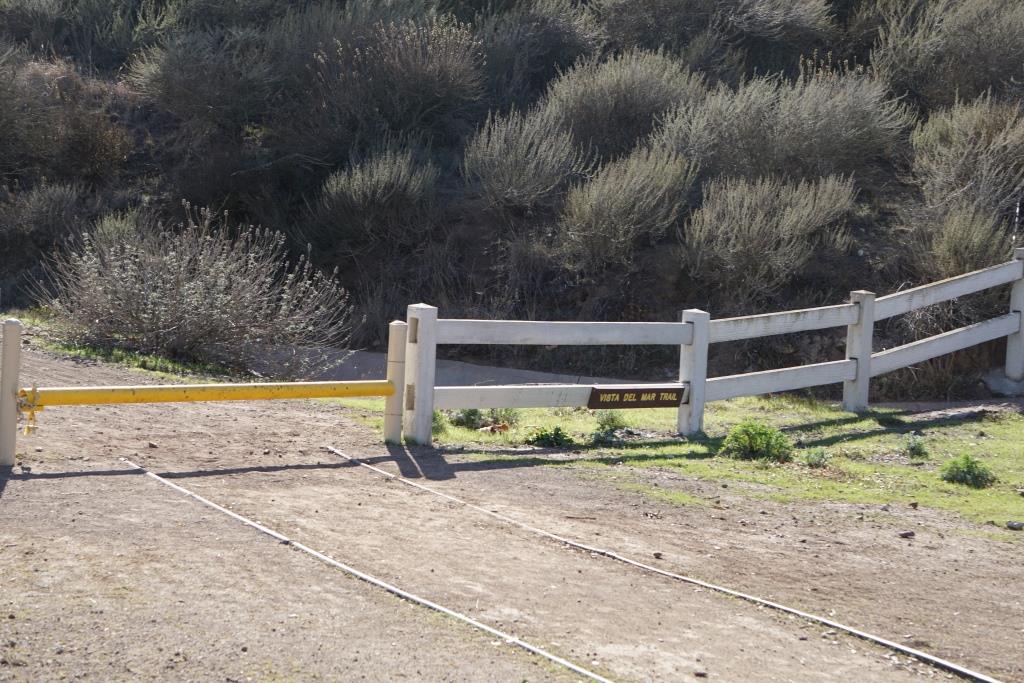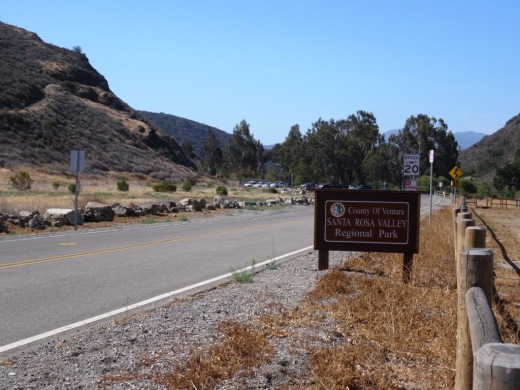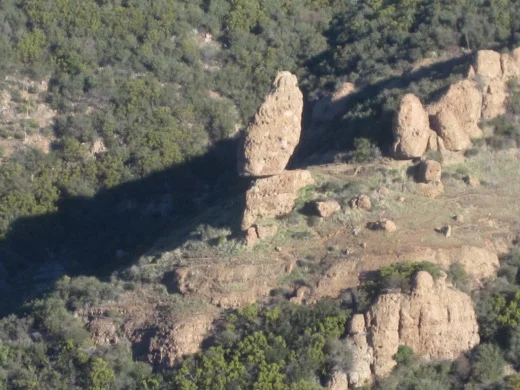Malibu Lagoon Field Trips Hosted by Santa Monica Bay Audubon Society
/The Santa Monica Bay Audubon Society (SMBAS) hosts Malibu Lagoon Field Trips the 4th Sunday of every month.
Adult Walk starts at 8:30 a.m. for 2-3 hrs. The group meets at the metal-shaded viewing area next to parking lot. SMBAS makes a special effort to make these monthly Malibu Lagoon walks attractive to first-time and beginner birdwatchers. Brings binoculars and cameras.
Metal shaded viewing area next to parking lot.
Children & Parents Walk starts at 10:00 a.m. for a 1 hr session. Meet at metal-shaded viewing area next to parking lot. SMBAS leaders are experienced with kids so by all means bring them down to the beach to enjoy nature. Binoculars will be provided.
Upcoming dates: 9/27/20. (SUBJECT TO CHANGE DUE TO COVID - PRIOR MONTHS HAVE BEEN CANCELLED)
If you have a Scout troop or other group 7 or larger, please call Lu at 310.395.6235 to make sure SMBAS has enough binoculars and docents on hand.
Visit smbasblog.com to learn more.
Directions: Malibu Lagoon is located at the intersection of Pacific Coast Highway and Cross Creek Road in Malibu. Bring water and sun protection; look around for people wearing binoculars and hats.
Parking: Self-serve parking machine in lot, $3/hr, $12 day ($11 seniors); credit cards accepted. Annual passes accepted. You may also park (read all signs carefully) on PCH west of Cross Creek Road, on Cross Creek Road, or on Civic Center.Way north (inland) of the shopping center. Lagoon parking in shopping center lots is not permitted.






















